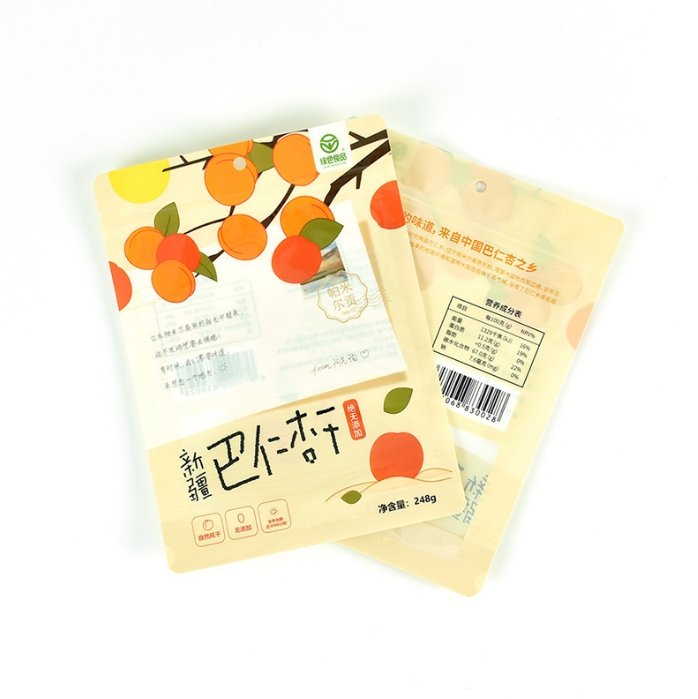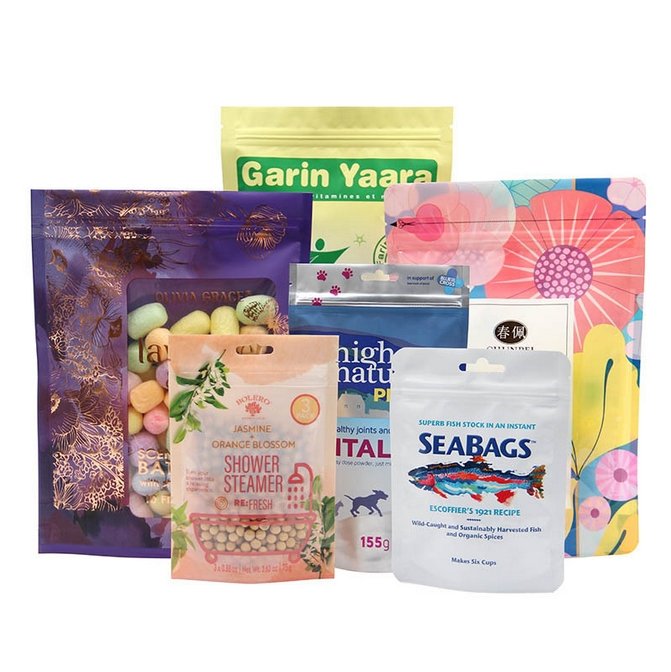Plastic packaging bags are very common in our daily lives. Plastic packaging bags are indispensable in all walks of life. This is because plastic bags are simple, lightweight, waterproof, have good sealing properties and are resistant to high temperatures. There are many types of plastic bags. When purchasing, we need to have the ability to identify the quality of plastic bags, so how to distinguish them? Next, plastic bag manufacturers will share with you, hoping to be helpful to you.
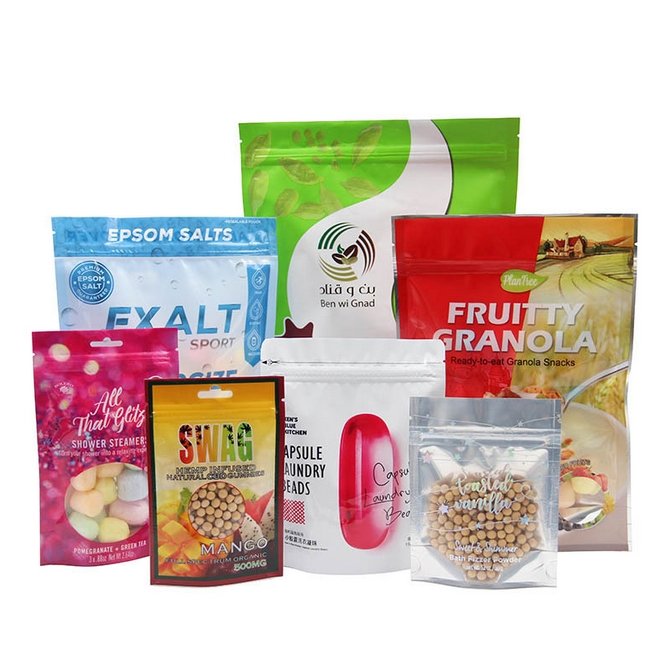
Check whether the ink on plastic packaging bags is toxic
In the printing process of custom plastic bags, which ink you choose will also have a big impact. Toxic inks tend to fade when exposed to cooking oil. Therefore, cooking oil can be used to test whether the printing ink is sufficient before purchasing plastic bags with printed characters. In addition, colored plastic bags cannot be used as food plastic bags. This kind of plastic bag contains aromatic hydrocarbons, which are carcinogenic.
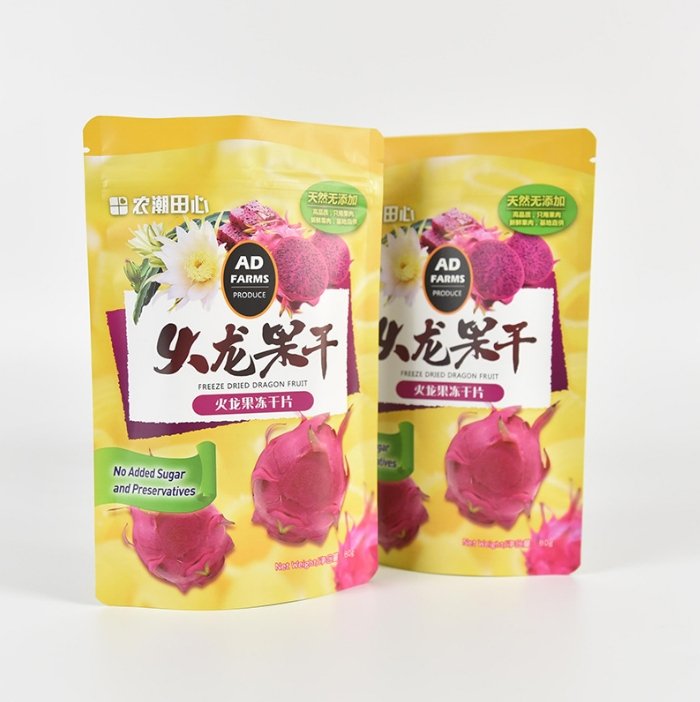
Look at the carrying capacity of plastic packaging bags
At present, families stipulate that customized plastic packaging bags must indicate their carrying capacity, but there are still a large number of plastic bag products on the market that do not indicate their carrying capacity. A simple test is to pack weight products in plastic bags and walk around in the plastic bags to see how long the bags last. This test is troublesome, so why should buyers pay attention to the load-bearing capacity of plastic bags? This is because plastic bag products with poor carrying capacity often break during use, which increases the number of plastic bags used by customers and causes waste.
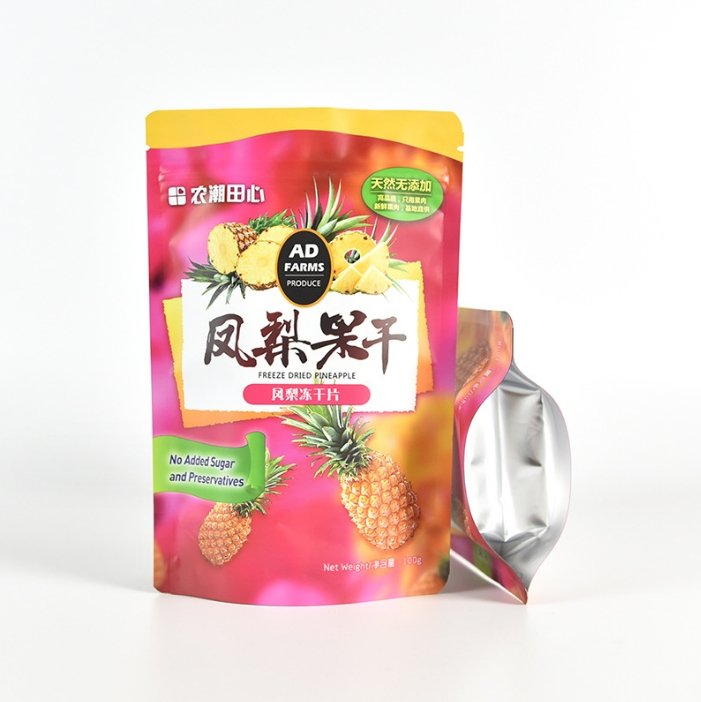
Do a burning test
The raw materials of plastic packaging bags directly determine the quality of plastic bags. Bags made of food raw materials are waste materials, and plastic bags made of waste materials and pigments are low in production cost and toxic. Light the plastic bag and observe whether there is black smoke, pungent smell and black matter before and after burning. If any of the above three materials were used, the plastic bags used in the experiment were most likely made from waste.
